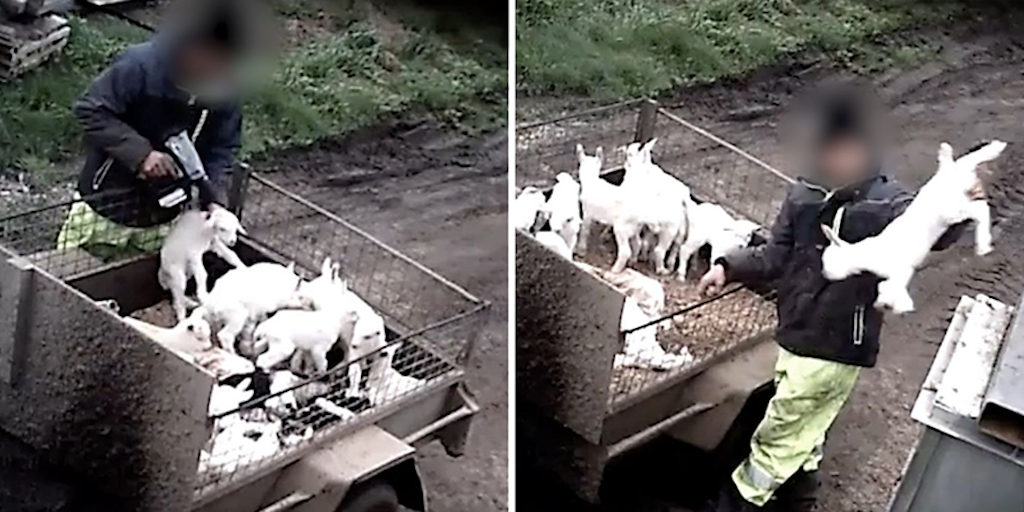DEATH, MUTILATION AND DISEASE – THE REALITY OF GOAT MILK FARMING
Posted on January 20, 2020

Key Points:
-
Many people switch from cow’s milk to goat’s milk because they think it’s more humane, but all the problems that exist to produce cow’s milk exist in goat farming too.
-
In many parts of the world Saanen goats are the breed of choice in intensive goat farming due to their high milk yield and relatively placid nature.
-
Mother goats are often artificially inseminated and after giving birth, they are immediately separated from their babies so their milk can be taken for human consumption.
-
While female kids are used to replenish the milking herd, male kids can’t produce milk so are either killed at birth or reared for the meat trade. Methods of killing include shooting and blunt force trauma to the head.
-
All kids suffer painful mutilations such as disbudding, often without anesthetic.
-
In many commercial farms worldwide goats are zero-grazed, and their independent, inquisitive and spirited nature is crushed inside small stalls with little to no access outdoors.
-
Intensively farmed goats suffer from the parasitic disease Coccidiosis due to the concentration of faeces in confined spaces. They also suffer from clostridial diseases, foot rot, worms, and external parasites.
-
In the wild goats would generally live between 15 and 18 years but for those exploited for commercial interests culling is normally carried out around six years of age. Generally this is when their milk yield drops and they’re no longer considered a profitable commodity.
-
There is only one way to prevent the suffering of cows and goats in the dairy industry, and that is to go dairy-free.

